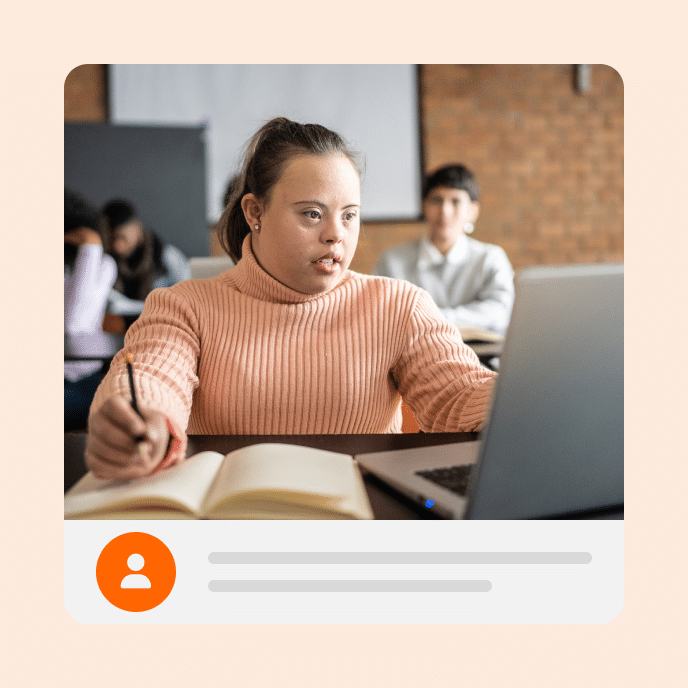What are accessibility standards?
Accessibility standards are guidelines that promote equal access and usability of digital content, web pages, and technologies for people with disabilities. While compliance with these standards are legal and ethical obligations for state and local governments, many companies choose to follow them to enhance user experience and reach a wider audience.
Example: Our company follows accessibility standards by design because we believe everyone deserves equal access to learning and development opportunities.
Accessibility standards benefit everyone, as they allow a diverse range of users to introduce new perspectives, ideas, and unique solutions to everyday problems. They empower people with disabilities to enter the workforce, fully access educational opportunities, and participate in recreational and civic activities.
Content accessibility guidelines
The Web Content Accessibility Guidelines (WCAG), developed by the World Wide Web Consortium, is a set of global standards for making digital content accessible to everyone, including those with disabilities. The four core principles of WCAG ensure that web content is perceivable, operable, understandable, and robust for all users.
Other website accessibility guidelines include Section 508 of the Rehabilitation Act—which requires federal agencies to make their content accessible—and the European Accessibility Act (EAA), both of which align web accessibility with WCAG.
Common accessibility features
To adhere to accessibility standards, many organizations include assistive technologies for those with audio, visual, physical, and mental disabilities.
Common tools include screen readers and zoom tools for those with visual impairments, closed captioning and speech-to-text apps for those with auditory impairments, keyboard navigation and voice control for those with physical disabilities, and adjustable pacing and focus modes for those with different learning needs.

Related terms
You may also like
Ready to get started with the leading course authoring tools?
Articulate has everything you need to create better workplace training. Start creating for free today.



